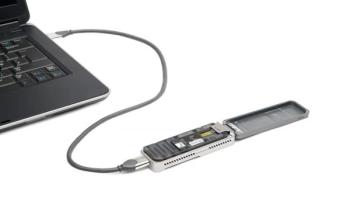
News






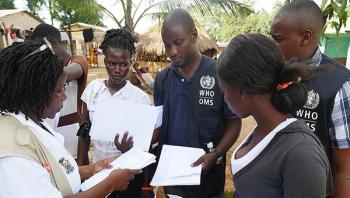
The World Health Organization (WHO) is helping Sierra Leone to mobilize all its experience and partners to ensure that any new cases of Ebola are investigated and transmission of the disease stopped as rapidly as possible. Sad news that a 16-year-old girl had died from Ebola in Bombali district, a part of the country that had a large outbreak five months ago, sparked an immediate inter-agency rapid response. Partners sent people with the skills and equipment needed to stop further infection in Bombali.

The Centers for Disease Control and Prevention (CDC), multiple states and the Food and Drug Administration (FDA) continue to investigate a multi-state outbreak of Salmonella Poona infections. Currently, 558 people infected with the outbreak strains of Salmonella Poona have been reported from 33 states, an increase of 140 cases since the last update on Sept. 15; 112 ill people have been hospitalized, and three deaths have been reported from Arizona, California and Texas; 52 percent of ill people are children younger than 18 years.



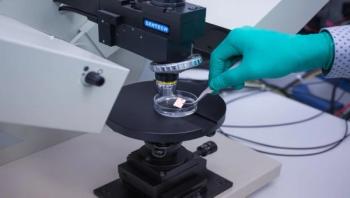
Researchers from the Laboratory of Nanooptics and Plasmonics, Moscow Institute of Physics and Technology - MIPT in Russia have devised a novel type of graphene oxide (GO) based biosensor that could potentially significantly speed up the process of drug development. The outstanding properties of this carbon allotrope help to improve significantly the biosensing sensitivity, which in future may enable the development of new drugs and vaccines against many dangerous diseases including HIV, hepatitis and cancer.







This report illustrates a common violation of Occupational Safety and Health Administration (OSHA) standards in the healthcare laundry environment, reviews the OSHA inspection process, and provides best practices for staying compliant. It also outlines best practices for handling contaminated healthcare textiles.



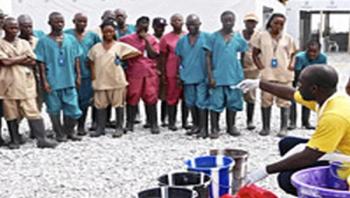
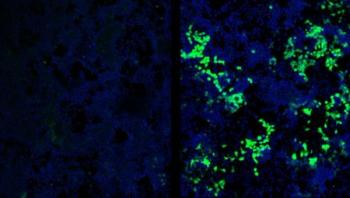
Scientists from the Institute of Molecular and Cell Biology (IMCB), a research institute under the Agency for Science, Technology and Research (A*STAR), Singapore, have uncovered the mechanisms which embryonic stem cells employ to inhibit virus expression. The ground-breaking discovery could potentially advance stem cell therapeutics and diagnostics.
